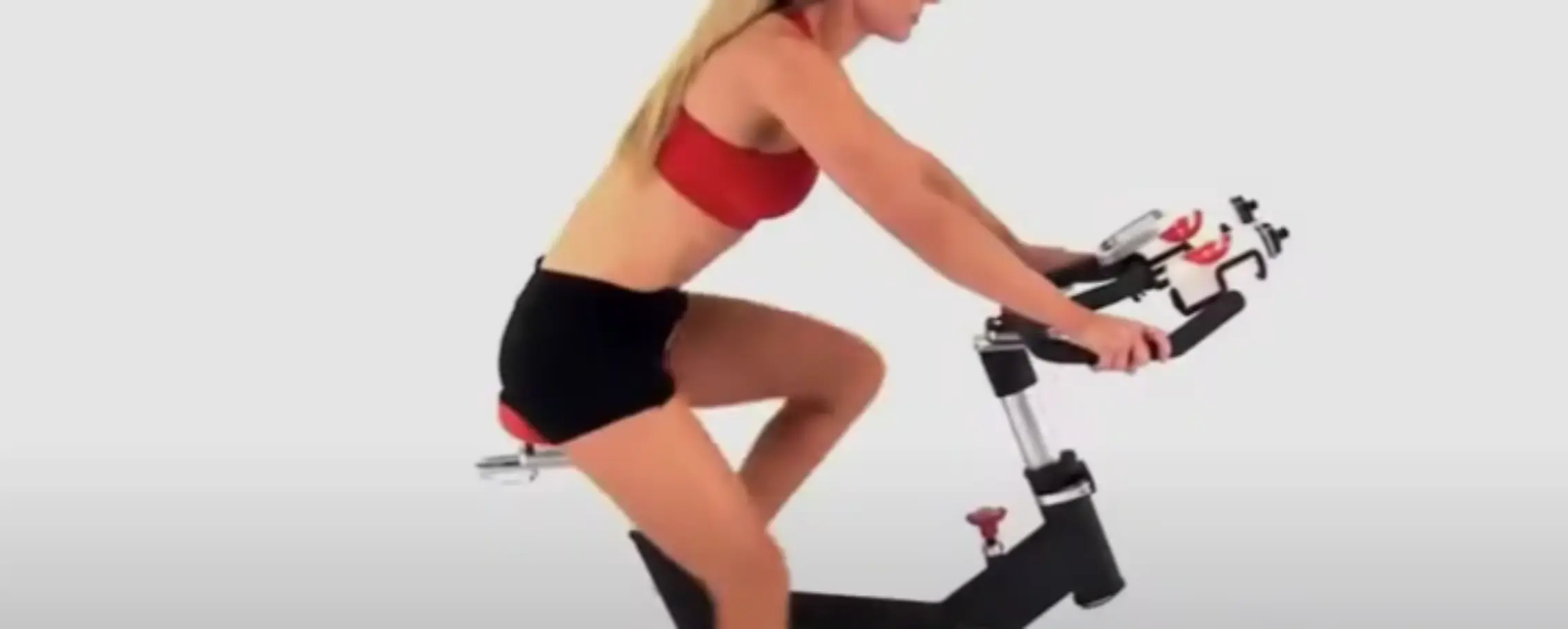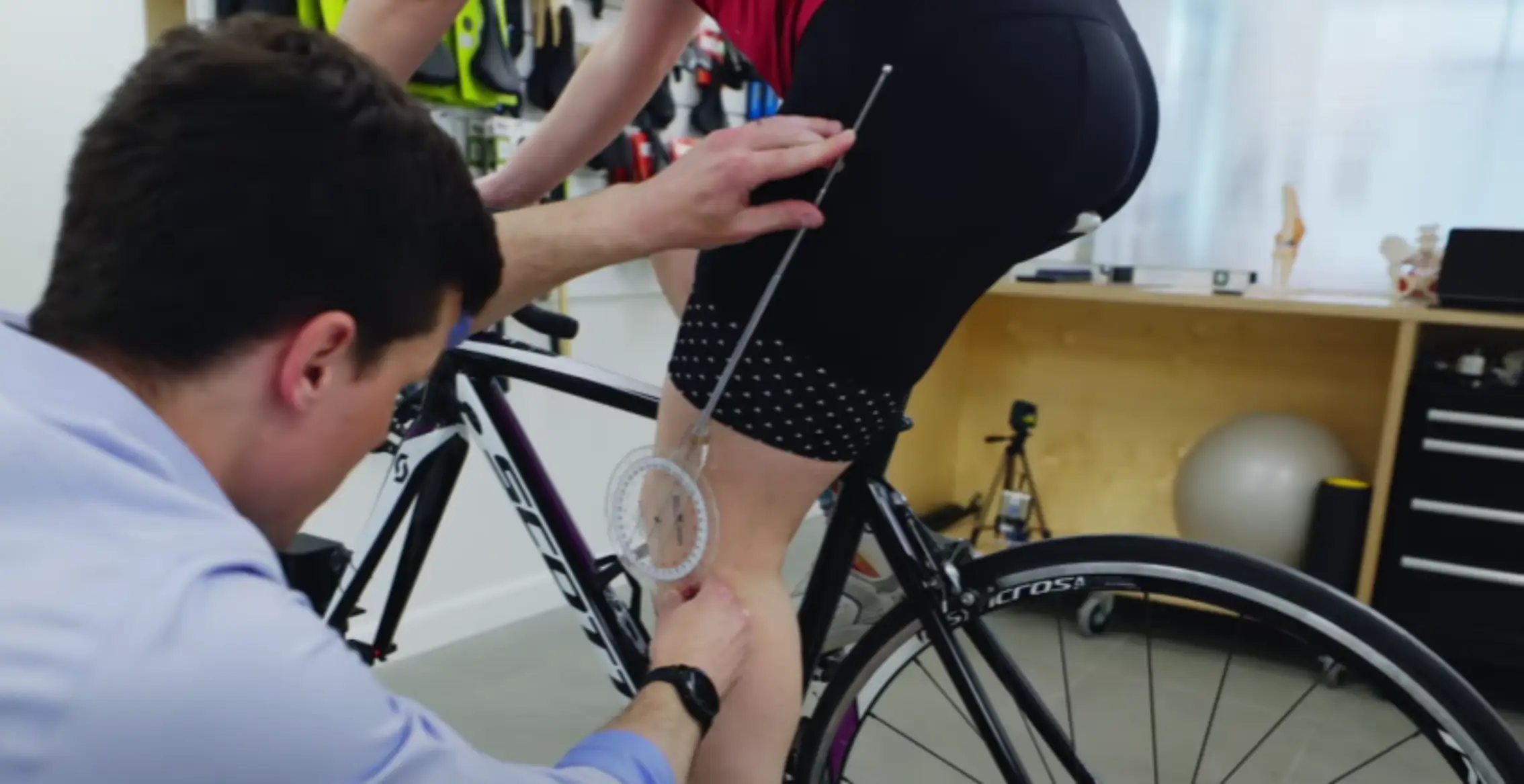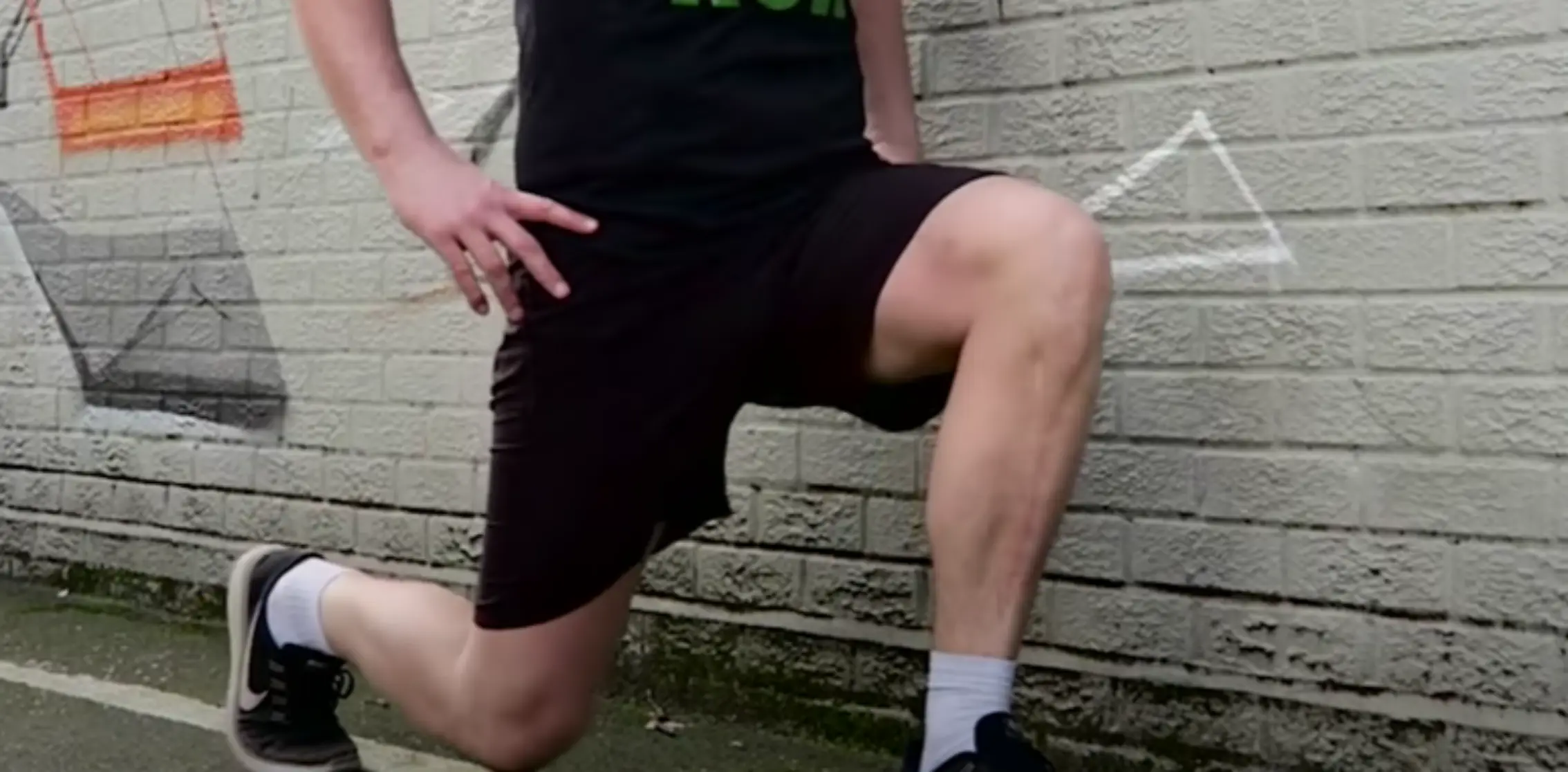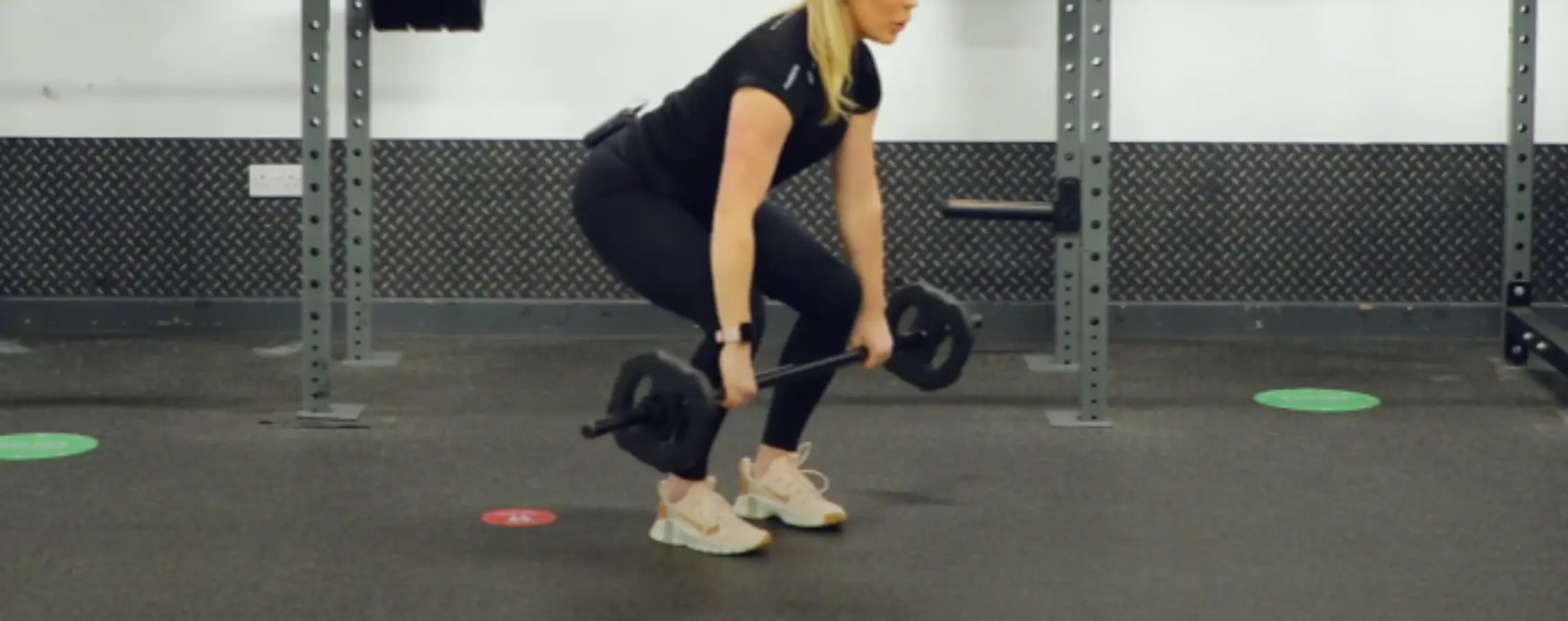Riding a bike can help strengthen and tone your glutes, but the results may vary depending on your cycling technique and the specific muscles you work. Although cycling mainly targets the legs, including the glutes, you can further engage these muscles with specific exercises and techniques.
Cycling is good for the legs and glutes, especially when climbing, but it does not provide enough stretch or resistance to build large muscles. Cardiovascular activities such as cycling are more effective at burning fat around your glutes than enhancing your butt size. Bike riding will give your glutes a severe workout.
In this blog post, we will explore the remarkable relationship between cycling and glute development, diving deep into the factors that influence glute engagement during cycling and how you can maximize it.
Does Cycling Build Glutes: 6 Factors

Cycling is a popular exercise that benefits cardiovascular health and engages various muscle groups, including the glutes. Here are some facts about cycling and glutes:
Engagement of Glute Muscles
Cycling can actively engage the glute muscles, particularly with proper form and resistance. The glutes stabilize the hips and generate power during the pedaling motion, especially the upstroke phase. This engagement contributes to strengthening and toning the glutes.
Stimulation Levels
The level of glute stimulation during cycling varies depending on cadence, resistance, and workout intensity. Higher resistance or incline settings can significantly increase the workload on the glutes, leading to greater muscle activation and potential growth. Intervals or hill climbs are effective ways to boost glute stimulation during cycling sessions.
Muscle Growth
Consistent cycling, complemented by proper nutrition and recovery, promotes gluteal muscle growth. While cycling predominantly targets the cardiovascular system, incorporating sprints or standing climbs can further challenge the glutes and promote hypertrophy. Variations in cycling routines can prevent adaptation and facilitate muscle development.
Overall Lower Body Function
Beyond glute-specific benefits, cycling can enhance overall lower body function. Strong glutes improve cycling performance, support hip stability, decrease injury risks, and improve movement in daily activities. The synergistic engagement of various lower body muscles during cycling promotes balanced strength and endurance.
Glute Activation
Efficient glute activation is crucial for optimizing cycling performance and preventing muscle imbalances. To enhance glute activation, cyclists can focus on techniques such as engaging the glutes throughout the pedal stroke, maintaining proper posture, and incorporating strength exercises off the bike. Activated glutes contribute to power output, efficiency, and injury prevention.
Factors That Influence Glute Engagement

Cycling factors that affect glute engagement can vary and play a crucial role in maximizing the activation of the gluteus maximus muscle. Some of the key factors include:
- Bike Fit and Setup: Proper bike fit ensures your body is positioned correctly, allowing for efficient pedal strokes and maximal muscle engagement. A poorly fitted bike can lead to underutilization of the glutes.
- Pedal Stroke Technique: Focusing on a smooth and powerful pedal stroke can increase glute activation. Try to push down and pull up on the pedals evenly.
- Incline and Resistance: Riding on hills or increasing resistance on a stationary bike requires more effort, which can enhance glute engagement. Climbing uphill forces the glutes to work harder to propel you forward.
- Riding Position: Standing up on the pedals, such as during a sprint or climb, can increase glute activation compared to sitting.
Maximizing Glute Engagement While Cycling
- Interval Training: Incorporate high-intensity interval training (HIIT) into your cycling routine. Short and intense exercises, followed by rest, can stimulate muscle growth.
- Hill Repeats: Find a hill and repeatedly ride up and down. This type of training emphasizes the use of the glutes.
- Resistance Training: Complement your cycling with squats, lunges, and deadlifts to strengthen your glutes.
- Pedaling Technique: Focus on engaging your glutes with each pedal stroke. Visualize pushing the pedal away from your body using your glutes.
Building Strong Glutes: 8 Exercises for Maximum Results
You must incorporate targeted exercises into your workout routine to sculpt a solid, shapely backside. Strong glutes enhance your aesthetic appearance and are crucial to overall strength and stability. Here are some practical exercises to help you build and tone your glutes effectively.
Glute Bridge
Glute bridges target the gluteus maximus, the most significant muscle in the glutes. To perform a glute bridge:
- As you lie on your back, your knees should be bent, and your feet should be flat on the floor.
- Straighten your legs from your shoulders to your knees by squeezing your glutes.
- Hold the position for a few seconds before lowering your hips back down.
Split Squats

Split squats are excellent for targeting each leg separately, helping to address any muscle imbalances. Here’s how to do a split squat:
- Stand with one foot in front of the other and lower your body towards the ground by bending both knees.
- Align your front knee with your ankle and keep your back knee a few inches off the ground.
- To get back to where you started, push through the front heel.
Squats
Multiple muscle groups are engaged in squats, including glutes, quads, and hamstrings. To perform a squat:
- Stand with shoulder-width feet and squat down, bending your knees and pulling your hips back.
- Keep your chest up and back straight as you lower yourself towards the ground.
- Return to your standing position by pressing through your heels.
Barbell Glute Bridge
Adding a barbell to the traditional glute bridge increases resistance, making it an effective exercise for building strength. Here’s how to do a barbell glute bridge:
- Position a barbell across your hips while performing a standard glute bridge.
- Engage your glutes to lift the barbell off the ground, focusing on controlled movements throughout the exercise.
- Lower the barbell back down with control to complete one repetition.
Glute Squeeze
The glute squeeze is a simple yet effective exercise for activating and strengthening the glutes. To perform a glute squeeze:
- Get on your knees and squeeze your glutes as tightly as possible.
- Hold the contraction for a few seconds before releasing.
- Repeat for several reps to feel the burn in your glutes.
Romanian Deadlift
With the Romanian deadlift, you will target your hamstrings and glutes while improving hip mobility. Here’s how to perform a Romanian deadlift:
- Hold a barbell or dumbbell in front of your thighs while standing hip-width apart.
- Hinge at your hips while keeping your back flat, lowering the weight towards the ground.
- Back up to standing, engaging your glutes throughout the movement.
Step-Up
Exercises like step-ups mimic daily movements while targeting the glutes and quadriceps. To do a step-up:
- You can lift your body by pushing through your heel when you step onto a sturdy platform.
- After you have completed the movement on one leg, step back down and repeat it on the opposite leg.
- The exercise should be performed with proper form and balance.
Curtsy Lunge
The curtsy lunge adds a dynamic element to traditional lunges, engaging the outer glutes and inner thighs. Here’s how to perform a curtsy lunge:
- Start standing and cross one leg behind you diagonally as if curtsying.
- Put your body into a lunge, keeping your front knee aligned with your ankle.
- Grasp your front heel to return to the starting point and switch sides.
Barbell Squat

Barbell squats target the glutes, quads, and hamstrings while also engaging the core for stability. Barbell squats are performed as follows:
- Position a barbell across your upper back and trap with your feet shoulder-width apart.
- Step up by bending your knees and lowering your body towards the ground.
- Drive through your heels to return to standing, maintaining proper form throughout.
Conclusion
Cycling can help build your glutes if done correctly. Factors like proper biking form, resistance settings, and other aspects are vital in determining glute activation and growth.
To maximize the glute-building potential of your cycling workouts, adjust your routine to include sprints, hill climbs, and higher resistance. Remember to supplement your rides with targeted strength training exercises to enhance your results. So, the next time you hop on your bike, remember you’re enjoying the view and working towards a firmer, more sculpted backside.
FAQs
Does Cycling Cause Tight Glutes?
Contrary to popular belief, the glutes, or buttocks muscles, do not cause the pain you feel after cycling too hard. Hip rotator muscles, a group of muscles located under your glutes, cause the pain. They extend from the tailbone to the top of your thigh.
Does Cycling Reduce Buttocks?
Runners, hikers, and cyclists can benefit from cardio exercises. This can help you lose butt fat by burning calories and slimming down your body fat. Additionally, they are thought to improve the health of the heart and lungs.

![The 6 factors that determine whether cycling builds glutes [Glute Influences Tips]](https://cacyclinghub.com/wp-content/uploads/2025/07/The-6-factors-that-determine-whether-cycling-builds-glutes-Glute-Influences-Tips.webp)
